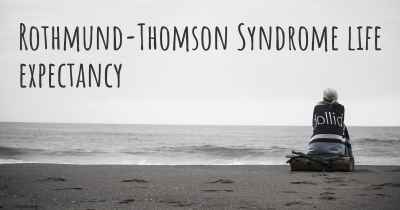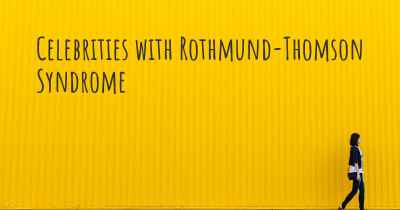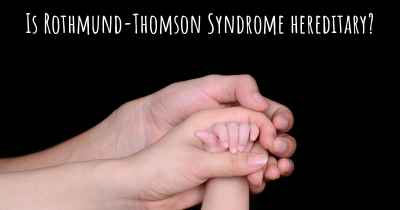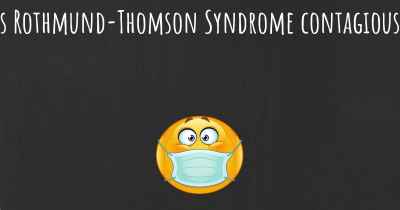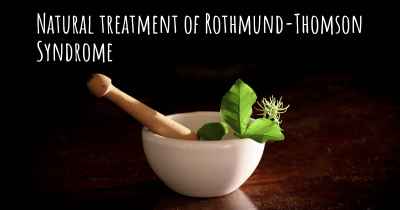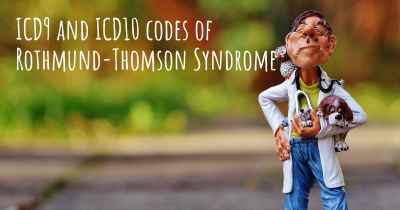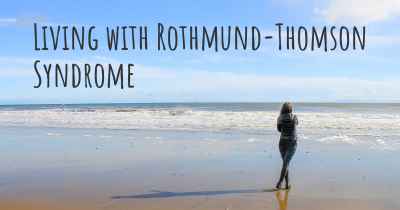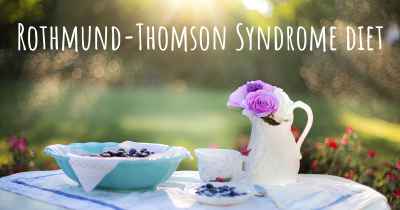What is the prevalence of Rothmund-Thomson Syndrome?
How many people does Rothmund-Thomson Syndrome affect? Does it have the same prevalence in men and women? And in the different countries?
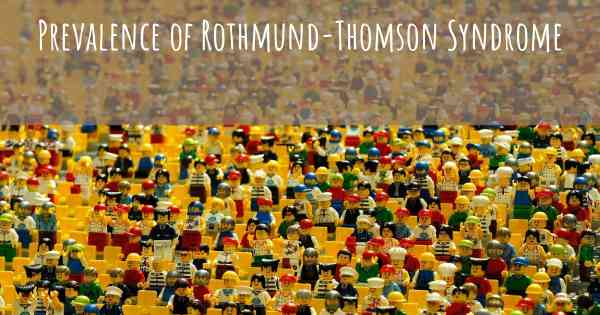
Rothmund-Thomson Syndrome is a rare genetic disorder characterized by various physical abnormalities and an increased risk of developing certain cancers. The prevalence of this syndrome is estimated to be very low, affecting approximately 1 in 350,000 to 1 in 1 million individuals worldwide. It is inherited in an autosomal recessive manner, meaning both parents must carry a mutated gene for their child to be affected. The condition primarily affects the skin, causing distinctive rashes, and can also lead to skeletal abnormalities, short stature, and other health issues. Regular medical monitoring and early intervention are crucial for managing the symptoms and reducing the risk of complications.
Rothmund-Thomson Syndrome (RTS) is a rare genetic disorder characterized by various physical abnormalities and an increased risk of developing certain cancers. The prevalence of RTS is estimated to be around 1 in 350,000 to 1 in 700,000 individuals worldwide, making it a very uncommon condition.
RTS is inherited in an autosomal recessive manner, meaning that an affected individual must inherit two copies of the mutated gene (one from each parent) to develop the syndrome. The condition is caused by mutations in the RECQL4 gene, which is involved in DNA repair.
Individuals with RTS may exhibit distinctive facial features, such as a small head size, sparse hair, and a prominent forehead. They may also experience skin abnormalities, including a rash that appears in infancy and can progress to thin, fragile skin with increased sensitivity to sunlight.
Furthermore, RTS patients have an increased risk of developing certain cancers, particularly osteosarcoma (a type of bone cancer) and skin cancer. Regular monitoring and early detection of these malignancies are crucial for effective treatment.
While RTS is a rare syndrome, it is important for healthcare professionals to be aware of its signs and symptoms to facilitate early diagnosis and appropriate management.
